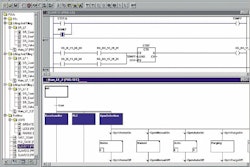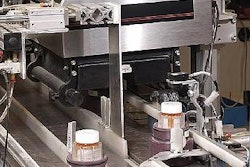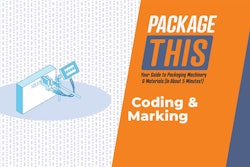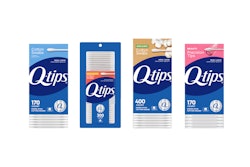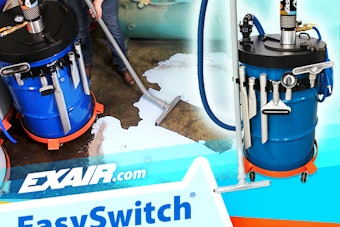Automation World’s November issue includes the following material extracted from the article, Compliance: It’s Just Part of the Package, written by contributing editor C. Kenna Amos.
The FDA’s 21 CFR Part 11 is one such standard. Its intent is replacing hard copy with reliable, traceable electronic records. The rule applies to paper records required by law or agency regulations. It provides criteria for considering equivalence of electronic records to paper records and equivalence of electronic signatures to handwritten ones. For closed, limited-access systems containing electronic records, the rule describes controls designed “to ensure the integrity of system operations and information stored in the system.”
For life-sciences companies, production data integrity is the single most important feature of the information management system, declares Jay Ruhe, a batch and MES consultant with ABB Inc.’s Automation Technologies Division, in Wickliffe, OH. “The severity of this (data-integrity) requirement most often is stated as, ‘Without a complete and accurate batch record, the actual product cannot be sold, and therefore has no value.’ ” He says the second most important system feature is runtime flexibility. It maintains product quality and optimum production throughput when some failure occurs.
Documentation required
Product quality and tracking now is paramount for high-tech medical-device manufacturers and pharmaceutical companies, because 21 CFR Part 11 requires documentation of every production step. “Those documents have workflow associated with them,” says Matthias Grossman, chief executive officer of Lexington, Mass.-based quality-systems software supplier IBS America Inc., and could relate to products, purchases or company-internal processes. A document control system tracks two basic parameters, he says: identity and content. But content alone doesn’t help with compliance. “You need to know who created the document. How long is it valid? Who’s approving it? Does it need to be reviewed and by whom? Who needs training?”
What’s required
Why is traceability the focus of Part 11? If a product has the ability to help or hurt someone, explains Carter Johnson, vice president of strategy for Atlanta-based quality-and-compliance software supplier Visiprise Inc., the FDA requires the manufacturer to keep records for potential audits and inspections. Some required information includes: where the product was made; who made it; the time and date it was produced; every serialized supplier component that went into it; and if the operator was trained to perform the activity. Senior research analyst Alison Smith, of Boston-headquartered AMR Research, says this broad requirement is driving the current rapid adoption of quality-issue tracking systems, which are not manufacturing systems, she emphasizes. “They simply overlay them and interact to the extent that they capture procedural aspects of the process.”
QA adjustments
Information gathered establishes the electronic record-keeping device’s history record. It helps manufacturers understand change control, says Montreal-based Yves Dufort, corporate director of services for Wonderware, an Invensys company in Lake Forest, Calif. However, internal territorial-based discord arose that created conflicts in some major pharmaceuticals companies, he says. For instance, quality assurance (QA) departments typically are responsible for product compliance-and-safety issues. “QA wouldn’t compromise on anything—that had a huge impact on costs,” he notes. Now, the emphasis is more on finished-goods quality, he says, which means the QA function is more likely to merge with materials management.
Tracking costly
Product tracking, which may involve scanning of text on boxes and labels, has the goal of FDA-required validation. That occurs, says whenever such systems interact with production, but may be costly. “Some data we have from manufacturers is that the validation itself is nearly as expensive as the software (to perform it).”
Yes, it was costly once, Dufort says. Five years ago, companies estimated the costs to generate all compliance documents and validation by adding an additional 30 percent of the project’s total costs. However, costs have dropped dramatically, he asserts, because companies now shift the validation burden to the vendor.

